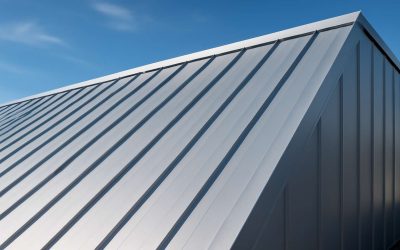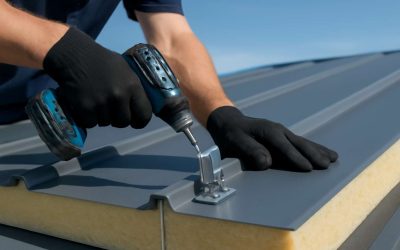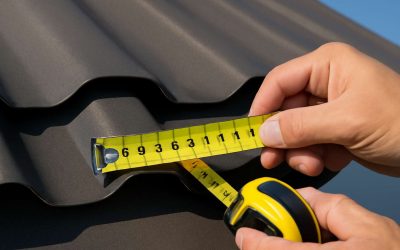
A roofing sheet is a sheet of material used to cover the roof of buildings. It can be made from a variety of different materials. The type of material chosen will depend on the type of building it will be used on, as well as the climate in which it is located.
Roofing sheets are available in a wide range of colors, sizes and styles. It is important to choose a roofing sheet that will provide the best aesthetics for the building, while still providing the necessary protection.
Fiberglass is an excellent material for roofing. It offers a high strength-to-weight ratio, making it an excellent choice for buildings that will be exposed to strong winds or heavy snowfall. It also has the ability to withstand a wide range of temperatures and humidity levels.
This material can be applied to a wide range of buildings, including commercial and industrial facilities. It is resistant to harsh chemicals and liquids, so it is perfect for wastewater treatment plants, swimming pools and cooling towers.
These sheets are very durable and can last up to 25-30 years. They are a cost-effective alternative to metal roofing. They are easily installed and don’t require much maintenance.
They are a great way to improve the appearance of your home and reduce your energy bills at the same time. The best part is that they are environmentally friendly and are biodegradable.
Corrugated metal is a type of roofing sheet that is made from galvanized steel, which is then coated with a plastic film or paint. The coatings help to protect the roofing sheet from rusting, dents and scratches. They are available in a range of colours and can be used for both residential and commercial buildings.
Roofing sheets are easy to install and come in a variety of shapes and sizes, so you can choose one that best fits your needs. They are available in a range of thicknesses, from 0.5mm to 0.7mm, and can be used on both roofs and walls.
The thickness of the sheet affects the weight of the roofing material, as well as how durable it is. Thinner sheets are more suitable for wall cladding applications, while thicker sheets are recommended for roofs.
Overlap is a value that determines how far each roofing sheet can be set off from the adjacent one, to avoid gaps in the roof. This value varies according to the angle of the roof, local climate, the type of sheet and exposure to the wind.
If you are unsure about how to overlap your sheets, seek advice from an expert. You may need to order extra sheets in order to complete the project successfully.
Fibre cement is another great option for roofing, and is a popular choice among farmers or business owners who want to protect their property from the elements. It is one of the heaviest roofing sheets on the market, and can take longer to install than some other materials, but it can be worth the wait in terms of durability and longevity.



0 Comments